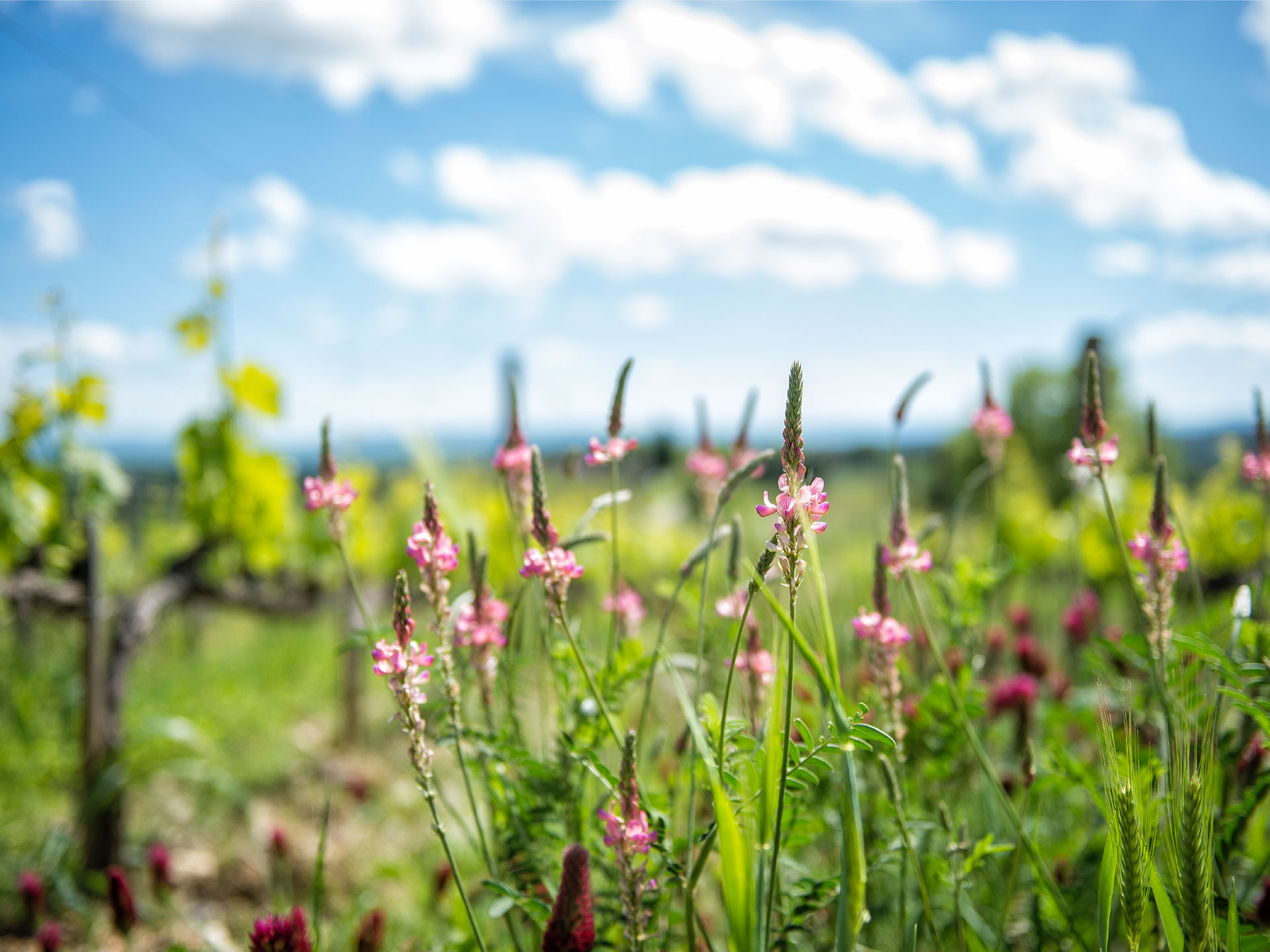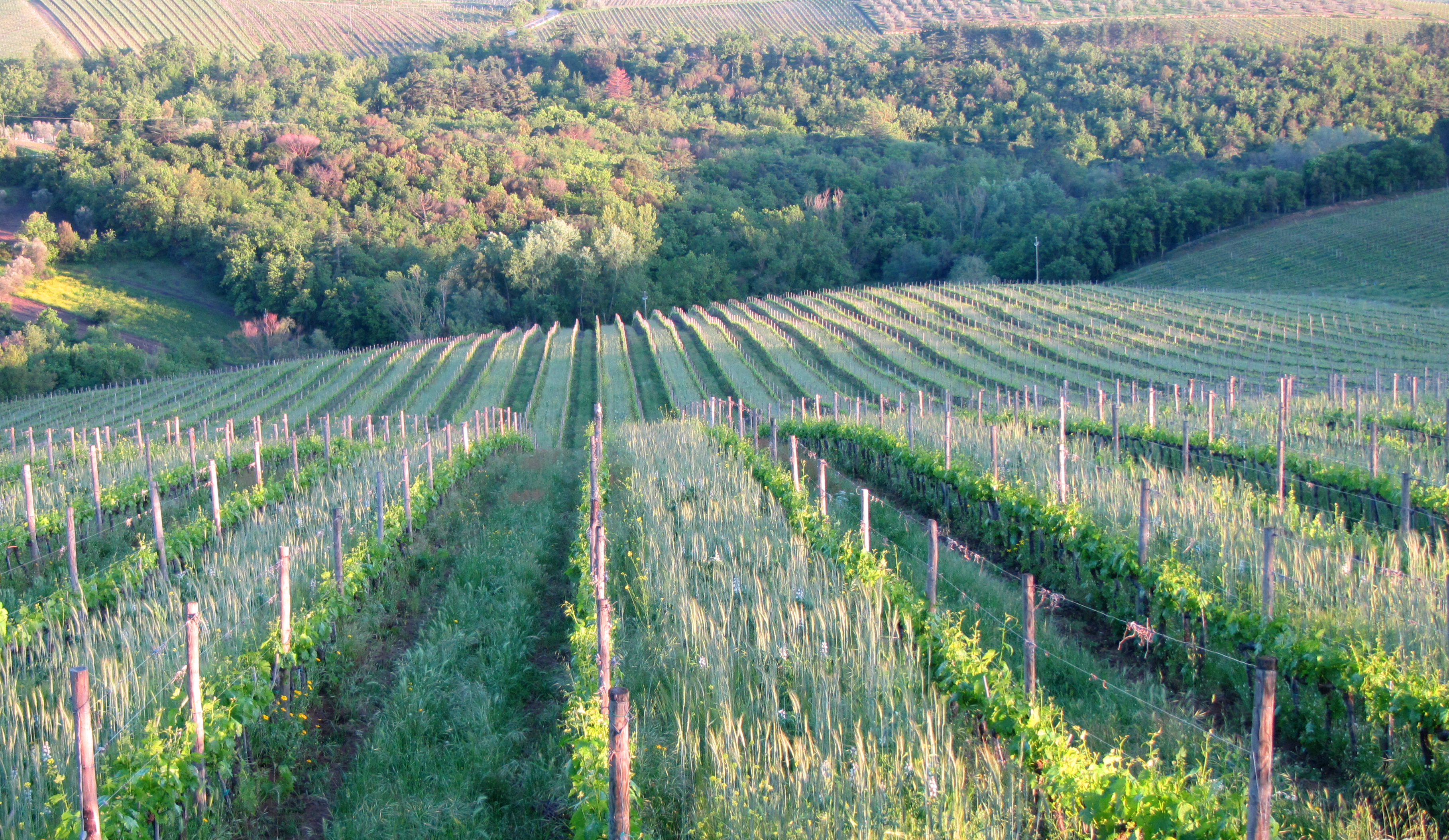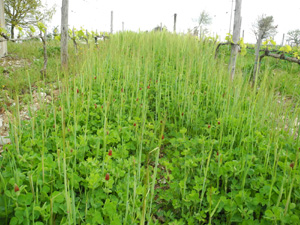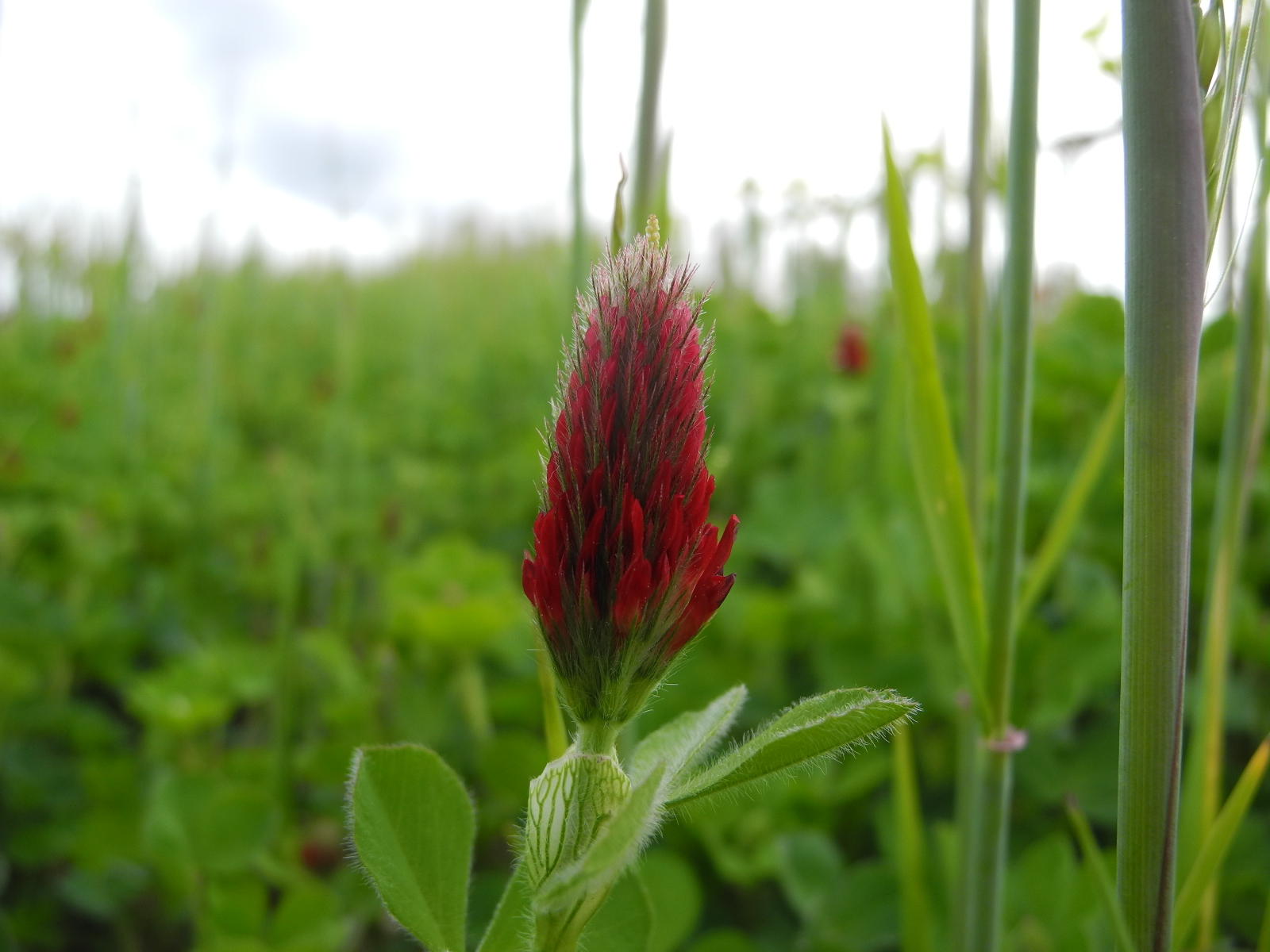
The practice of green manuring
27 May, 2022


Green manuring constitutes one Ricasoli’s most effective nature-friendly viticulture practices, with the longest tradition at Brolio. Through a mix of extracts, the practice consists in sowing different herbaceous crops in the vineyard, which are then buried once they have reached a good stage of development, typically flowering. This practice allows the soil to be fertilized naturally, thus eliminating the environmental impact. It provides a source of life, biodiversity, and longevity to our vineyards making them richer. Additionally, green manuring contributes to protect the soil and aquifers and to stabilize their structure, as well as to weed and pest control.
Built on its wealth of experience with green manuring, every year the Ricasoli agronomic team carefully selects the most appropriate seed mix for each type of Brolio soil.
There are three types of mixes that are permanently used: legumes, brassicas, and grasses, each with specific characteristics and benefits. Thanks to bacteria that nest in their roots, legumes are able to absorb nitrogen, which constitutes a natural source of nourishment for the plants. Among those selected at Brolio is the fava bean, which stands out for its large root mass, flesh clover, red-flowered lupine, and its sweet pea. On the other hand, the brassicas, such as the cabbage, have great “taproot” ability, which reflects their ability to penetrate deeply into the soil, thus fostering its porosity at the time of mowing, ideal to increase fertility and water absorption capacity. Lastly, the grasses, such as the barley, create an impressive plant mass that increases the organic substance of the soil.
In addition to the many benefits that make green manuring of great interest for viticulture, from an aesthetic point of view these extracts also enrich the vineyards by offering an explosion of colorful flowers during springtime. Which further contributes to biodiversity as flowering creates a perfect range for the proliferation of pollinating insects, crucial to our ecology.







